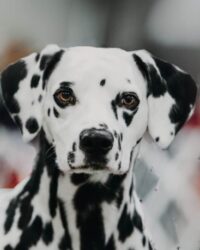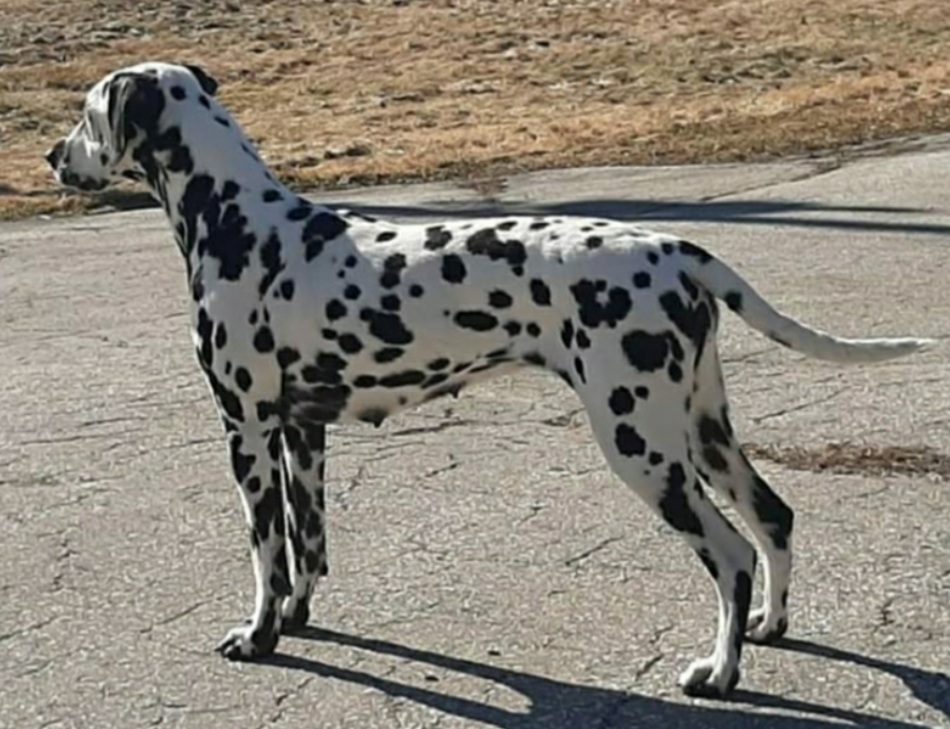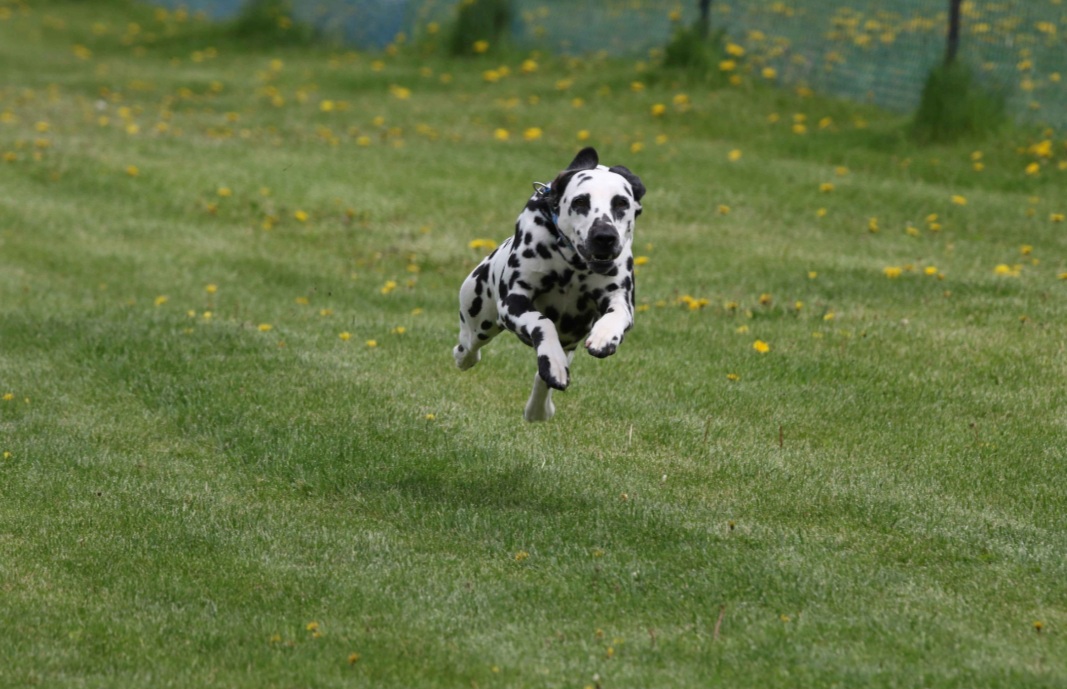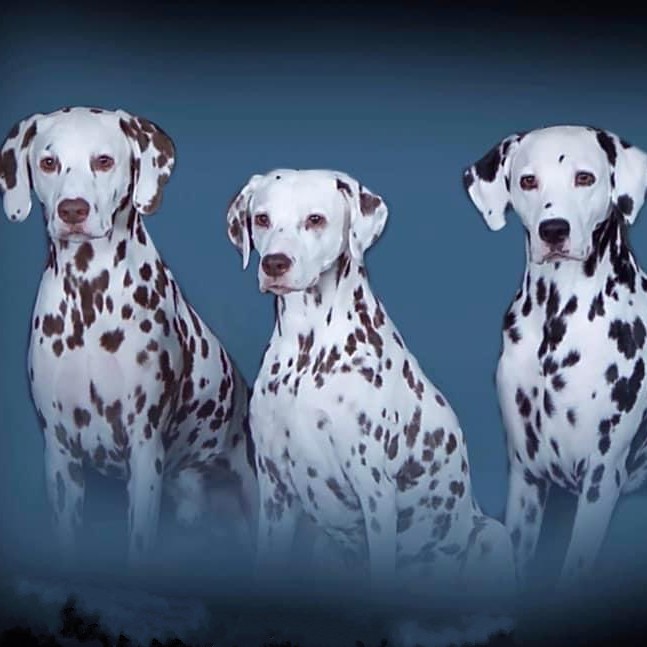History and Origin: History is vague as to the origin of the breed. Early ancestors might have been pointers and spotted great danes but nothing is for certain. An ancient breed, history has placed them as beginning in Asia, Europe, British Isles and North Africa and found along the Adriatic coast in Dalmatia but probably didn’t develop there. So their origin continues to remain a canine mystery. In the 1700’s, the British noblemen were particularly enamored of this handsome spotted dog and used them as an addition to their stables and equine ownership. They became known as the ‘coach or carriage dog’ as they were relaxed with horses, fit and functional, and easily trotted alongside the carriage to fend off threats and warn of the dangerous highwaymen of that era. Dalmatians were also a critical part of early firefighters, known as ‘firehouse dogs’, trotting ahead of the horse drawn fire truck to clear the way of dogs and pedestrians. Through the ages the breed has been used as herders, ratters, guard and draft dogs but his most enduring legacy is as a coach dog. The Budweiser Clydesdales symbolize the Dalmatian riding on the coach behind their magnificent team.
General Appearance: A muscular sturdy sleek dog with a crisp white short smooth coat covered with spots. Dogs are slightly longer in body than height. The breed is capable of great endurance and the ability to trot great distances. Size: Males height 22-24 inches Females height 21-23 inches Feet are tight and compact, eyes are dark, brown or amber, ears frame the head, hanging down, tail is long, back is level. Very unique being the only truly spotted purebred dog.
Coat and Colour: single coated, pure white with black spots or pure white with liver spots. Spots are to be dime size to two dollar coin size. Spots may overlap but never form a distinct patch. Black spotted, nose and eye rims will be black: liver spotted, nose and eye rims will be liver coloured. Spots on ears, legs, face, and tail are smaller. Solid coloured ears not desirable. Puppies are born white and spots appear as they grow. Routine coat care is easy with bathing when necessary and regular brushing. Nails kept short. They do shed continuously.
Feeding: A high quality kibble, or raw, is suitable for this active breed, fed twice daily.
Training and Obedience: Intelligent and biddable. Truly an all purpose breed. Being athletic, Dalmatians excel in sports like fast cat, agility, tracking, lure coursing, dock diving, rally, road trials, barn hunt and scent work.
Activity: Dalmatians are active energetic dogs and require exercise. A daily walk or playing fetch in a fenced yard is encouraged. Because of his natural trotting ability, the breed is a good jogging or cycling partner. Even though active, they are capable of settling quietly when needed.
Temperament: Somewhat reserved with strangers, but a happy joyful breed, good as a family pet and typically not dog aggressive. Recommend supervision with dogs and small children. Will guard bark but otherwise not a vocal breed. The are loyal and loving within the family unit.




